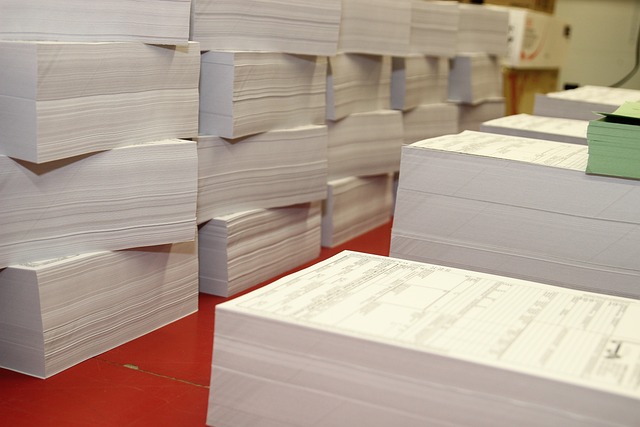Mastering Material Processing: A Sculptor’s Guide
Every sculptor understands that art is not just about vision; it’s about the intimate dialogue between the creator and the material. The journey from raw substance to a finished masterpiece hinges on material processing, a vital phase that transforms mere matter into expressive form. In sculpture, mastering this process isn’t just a technical skill—it’s a soulful practice that breathes life into your creations.
Understanding Your Medium
Before the chisel touches a block of marble or the hands mold clay, an artist must truly know their material. Each medium—be it stone, metal, wood, or clay—has its unique properties, strengths, and challenges. Material processing begins with this fundamental understanding:
- Texture: How smooth or rough is the surface? Does it respond to fine detailing or bold strokes?
- Density and Hardness: How much force is needed for shaping? Is the material brittle or flexible?
- Reaction to Tools: Does it carve easily, or require welding and casting techniques?
By immersing yourself in the nature of your chosen material, you cultivate patience and respect—essential traits that guide your hands and imagination.
The Alchemy of Transformation
Material processing is much like alchemy. It’s the magical transition where raw matter surrenders to creative intent. This phase includes cutting, carving, welding, molding, or assembling—the physical acts that materialize your artistic idea.
Paying attention to the subtle feedback from the material is crucial. When a piece of wood splinters unexpectedly or clay responds with unexpected malleability, these moments spark improvisation and innovation. The material teaches as much as it responds.
Embracing Mistakes and Imperfection
In the realm of sculpture, perfection is often a myth. Material processing invites imperfections that, paradoxically, can define the character of the artwork. Instead of battling flaws, embrace them as stories embedded within the material.
For instance, a crack in stone might inspire a new line of design; a dent in metal could become a focal point. This mindset transforms the process from mere fabrication into poetic expression.
Tools as Extensions of the Artist’s Spirit
No sculptor works alone—tools are extensions of their vision and touch. Mastery over material processing means knowing not only the material but also the instruments that shape it. Each tool demands a unique approach, rhythm, and sensitivity.
Whether wielding a traditional mallet and chisel or modern power tools, cultivating a harmonious connection with your instruments allows your ideas to flow unimpeded from mind to matter.
The Meditative Flow of Creation
Finally, material processing is an intimate, often meditative practice. It requires presence and mindfulness—a focus that connects the artist deeply to the creative moment. This flow state is where time slows and sculpture transcends its physical boundaries.
As you carve, mold, or assemble, feel the dialogue between your hands, the tools, and the material. This synergy is the heart of sculpture, turning the act of material processing into a transformative creative journey.




